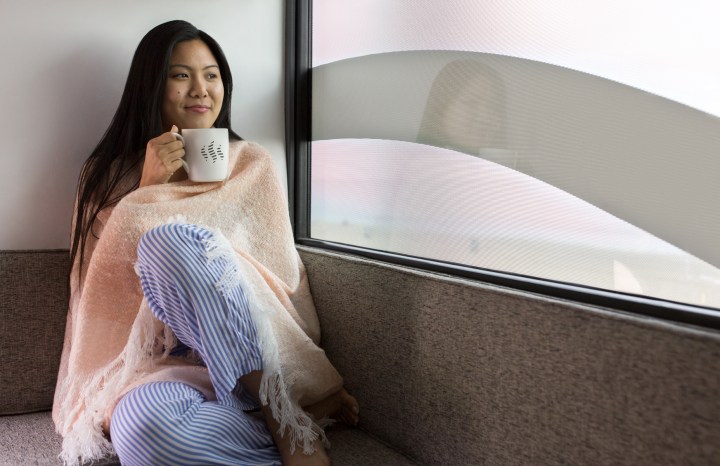
Let’s be clear — this is no Greyhound bus. Cabin, as you might guess, gives its passengers their own cabins, which come with comfy beds, luxury sheets, privacy curtains, power outlets, USB cords, ear plugs, and free Wi-Fi. The journey begins at 11 p.m., so you can think of it as a redeye of sorts. Upon boarding, you’ll be given a cup of chamomile tea, and a bottle of melatonin-laced water. Eight hours later, when you arrive at your destination, you’ll get a cup of espresso.
While Cabin is certainly a modern take on travel, co-founder and president Gaetano Crupi says that it took its inspiration from a rather old-fashioned view of transportation, in which efficiency was not the priority, but rather comfort. “What they would book is a cabin for that journey, and that personal space, that cabin, was as exciting as the destination itself,” said Crupi of old transportation forms like the Orient Express in an interview with SPCR.
Cabin isn’t exactly what Crupi thought it would be — not yet, at least. Originally, the co-founder hoped Cabin would take the form of a self-driving car.
“We were especially intrigued by the idea of falling asleep on Friday night and telling your car to take you somewhere very far away so you could spend Saturday there,” Crupi said. “That was the point that we really were interested in because this would make your neighborhood feel like it was a 500-mile radius area.”
But given that we’re still a fair distance from fully autonomous vehicles, the Cabin team settled for a bus. And so far, it’s been quite a hit. The original wait list for a ride of Cabin (which is $115 each way) grew to 20,000, and demand is now so high that the team is aiming to provide daily runs from Santa Monica to San Francisco beginning in September. So if you’re looking for a way to get from SoCal to NorCal, you may want to book a trip yourself.


